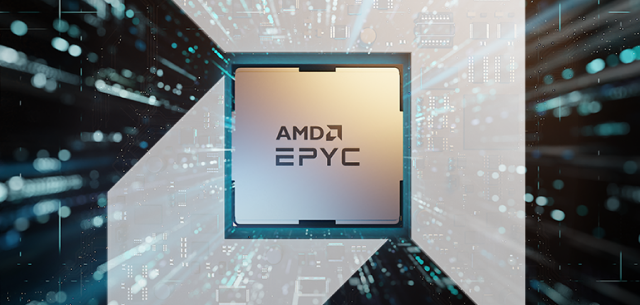Hello Everyone,
My mentors and my colleagues are trying build a workstation that will serve as an analysis and data storage workstation for our bioinformatics research. Our research currently deals with RNA-Seq data sets that we hope analyze on this workstation. The eukaryotic systems that are working with are fish, flies, and mice.
We will be doing trimming of data on this workstation by using applications like trimmomatic and FastQC. Then the assembly of the data will be done on cloud solutions like iPlant, Galaxy, Amazon AWS-Galaxy. Then maybe we might even do some analysis using EdgeR, DESeq, and other RNA-Seq analysis tools on the workstation.
We have talked about installing our own Galaxy version on the workstation as well.
We hope to run Matlab, R, Linux (virtual unix), or Windows with emulated Unix via Cygwin. Also we will try Virtual Login into the machine through VNC.
Our budge is 5 to 6K.
We are thinking of going with the following:
2x Intel Xeon with 8 cores each or anything newer that you would recommend?
On of our collaborators was recommending just going with 16 core i7.
How much RAM should we go with and the Motherboard?
I was thinking somewhere between 32 to 64 GB with future option to upgrade to 128 GB of RAM.
What would you guys and gals, kindly recommend in specs for the workstation? Thank you in advance.
I am trying to use this as our base: http://ark.intel.com/products/series...ct-Family#@All
My mentors and my colleagues are trying build a workstation that will serve as an analysis and data storage workstation for our bioinformatics research. Our research currently deals with RNA-Seq data sets that we hope analyze on this workstation. The eukaryotic systems that are working with are fish, flies, and mice.
We will be doing trimming of data on this workstation by using applications like trimmomatic and FastQC. Then the assembly of the data will be done on cloud solutions like iPlant, Galaxy, Amazon AWS-Galaxy. Then maybe we might even do some analysis using EdgeR, DESeq, and other RNA-Seq analysis tools on the workstation.
We have talked about installing our own Galaxy version on the workstation as well.
We hope to run Matlab, R, Linux (virtual unix), or Windows with emulated Unix via Cygwin. Also we will try Virtual Login into the machine through VNC.
Our budge is 5 to 6K.
We are thinking of going with the following:
2x Intel Xeon with 8 cores each or anything newer that you would recommend?
On of our collaborators was recommending just going with 16 core i7.
How much RAM should we go with and the Motherboard?
I was thinking somewhere between 32 to 64 GB with future option to upgrade to 128 GB of RAM.
What would you guys and gals, kindly recommend in specs for the workstation? Thank you in advance.

I am trying to use this as our base: http://ark.intel.com/products/series...ct-Family#@All



Comment